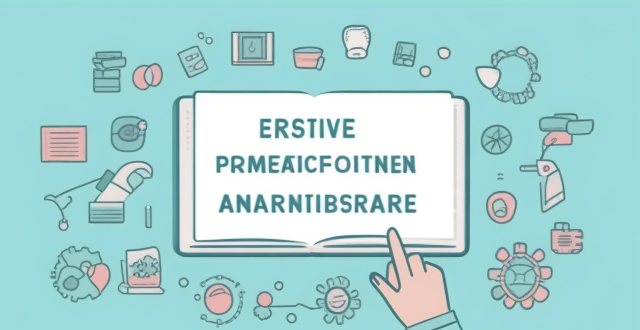The given text provides a detailed guide on how to take effective notes during a lecture or class. It emphasizes the importance of active listening, organizing one's notebook, using shorthand and abbreviations, focusing on key ideas, utilizing visual aids, reviewing notes, collaborating with peers, and leveraging technology for note-taking. The strategies aim to enhance learning and retention by capturing essential information efficiently.

How to Take Effective Notes During a Lecture or Class
Taking effective notes during a lecture or class is crucial for retaining and understanding the information presented. Here are some best practices to help you take better notes:
1. Listen Actively
- Pay attention to the main points and key terms being discussed.
- Avoid getting distracted by external factors or your own thoughts.
- Try to understand the underlying concepts rather than just memorizing facts.
2. Organize Your Notebook
- Use a separate notebook or folder for each subject.
- Date and label each entry clearly.
- Leave some space for adding additional notes later.
3. Use Shorthand and Abbreviations
- Develop a system of abbreviations that works for you, but make sure they are easy to understand later.
- Use symbols like arrows, stars, or underlining to highlight important points.
4. Write Down Key Ideas
- Focus on recording the most important concepts, theories, and arguments.
- Don't try to write down everything; instead, summarize and paraphrase.
5. Use Visual Aids
- Create diagrams, charts, or mind maps to illustrate complex ideas.
- Draw connections between different topics or concepts.
6. Review Your Notes
- Review your notes shortly after the lecture or class to reinforce learning.
- Add any missing details or clarify any confusing points.
- Rewrite or reorganize your notes if necessary.
7. Collaborate with Peers
- Compare notes with classmates to get different perspectives and fill in any gaps.
- Form study groups to discuss lecture content and deepen understanding.
8. Utilize Technology
- Consider using digital tools like laptops, tablets, or smartphones to take notes.
- Utilize apps designed for note-taking, such as Evernote or OneNote.
- Record audio if allowed (with permission) to revisit lecture content later.
By following these strategies, you can improve your note-taking skills and enhance your learning experience in lectures and classes. Remember that the goal is not to create a perfect transcript of the lecture but to capture the essential information in a way that facilitates understanding and retention.